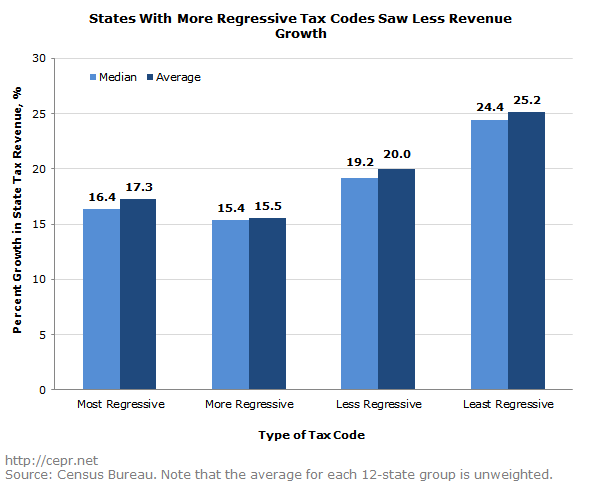April 25, 2016
Between 2007 and 2009, real GDP and real GDP per capita fell 3.1 and 4.8 percent, respectively. Since then, the economy has been growing at about a 2.1 percent annual rate, and income per person is now about $1,500 higher than it was before the recession. However this income has not been evenly distributed, with a disproportionate share of income growth going to the top 1 percent of the income distribution.
This is relevant to tax policy because it tells us that there are real benefits to be had from taxing the rich — precisely for the reason that their incomes have gone up so much. This can be seen in the tax filings data posted to the World Wealth and Income Database. In 1978 — right when the income share of the 1 percent began rising — the top 1 percent of income earners made less than 9 percent of national income. In 1978, taxing the top 1 percent at an effective tax rate of 50 percent would’ve generated revenue equivalent to almost 4.5 percent of GDP, assuming no behavioral effects. By contrast, in 2014 the top 1 percent of income earners made 21.2 percent of national income. (At least part of this growth is due to higher incomes in finance.) Given this much larger share of national income, taxing the top 1 percent at a 50 percent tax rate would’ve generated 10.6 percent of GDP, assuming no behavioral effects. Therefore, there actually is a substantial amount of revenue to be gained from taxing the rich, mostly because the rich control such a large share of all taxable income.
So long as those at the top of the income distribution continue to capture a disproportionate share of the economy’s gains, regressive tax policy will be a poor way to raise revenue. Taxing the poor does little to generate higher revenue when the poor aren’t receiving higher incomes.
The figure below uses Census Bureau data on state tax revenues for 2009 and 2015. For both 2009 and 2015, revenues were adjusted for inflation (using the GDP deflator) so that both the 2009 and 2015 data were in constant 2015 dollars. Total six-year revenue growth was then determined for each state. Two states, North Dakota and Alaska, were removed from the sample because they were such significant outliers. The 48 remaining states were then sorted into four groups of 12 states based on their ranking in the Institute on Taxation and Economic Policy’s (ITEP) Tax Inequality Index. (The states were labeled “Most Regressive,” “More Regressive,” “Less Regressive,” and “Least Regressive” because each state has a regressive tax code.) It appears that the states with less regressive tax codes saw larger increase in revenues on average. This may be due to the fact that they were more willing to increase taxes to maintain social services (or at least not cut taxes), that they experienced more rapid economic growth, or that they were focused on taxing the people who were seeing the biggest income gains rather than those with stagnating incomes.
 It turns out that taxing the rich isn’t just an effective way of reducing economic inequality: it’s also a great way of raising revenue.
It turns out that taxing the rich isn’t just an effective way of reducing economic inequality: it’s also a great way of raising revenue.






